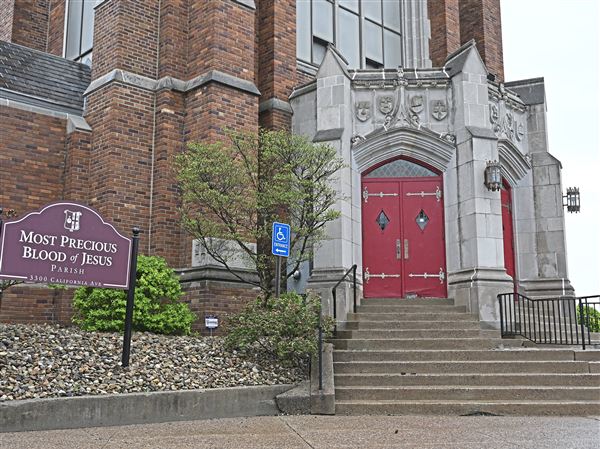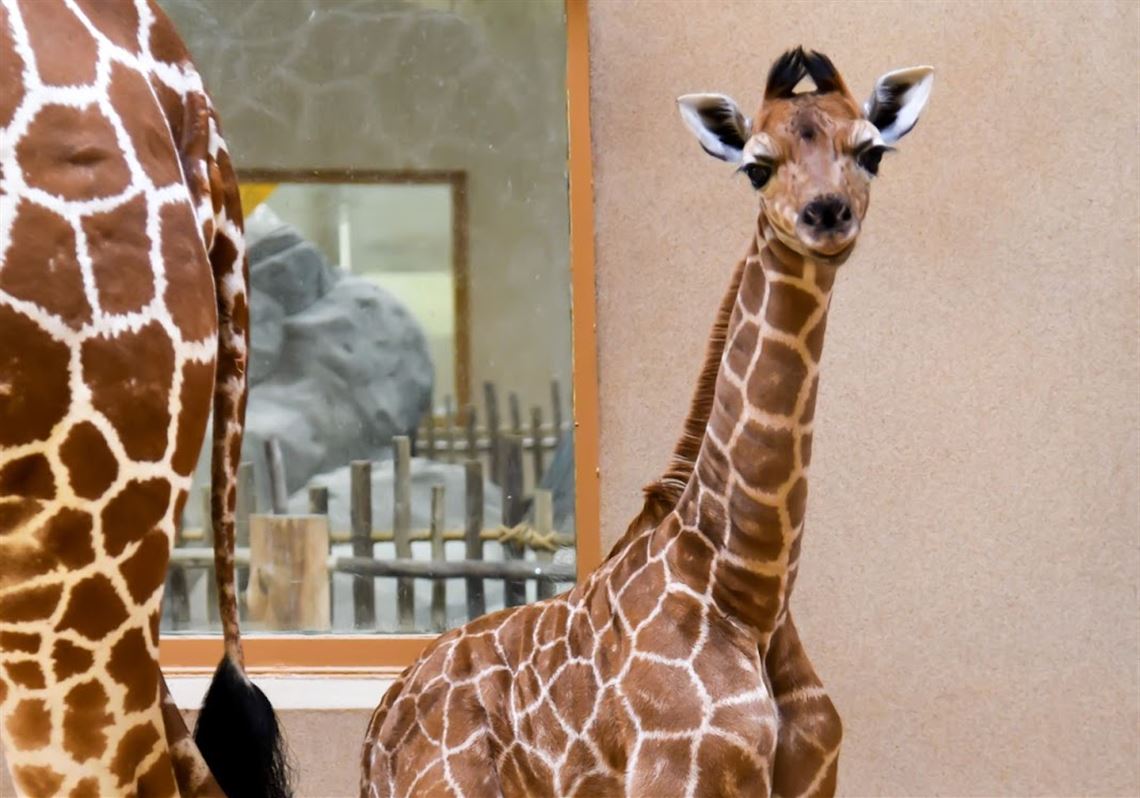A giraffe gave birth to an unexpected calf at the Maryland Zoo, officials said.
Zookeepers said they didn’t know Kipepeo, the 4-year-old giraffe who had arrived at their facility in Baltimore in November, was pregnant. But they noticed a “slight change in her behavior” on March 26 and started to monitor Kipi, as she’s called. She went into labor and gave birth early in the morning on March 27.
Her female baby calf has not been named but is reported to be doing fine, weighing about 128 pounds and standing 6 feet tall.
Giraffes have a 450-day gestation period so Kipi was pregnant when she got to Baltimore, according to Erin Cantwell Grimm, mammal curator at the zoo.
There’s no records of Kipi being bred before she came to Maryland and giraffes usually don’t visibly show when they’re pregnant because they’re so large, experts said. A fecal hormone analysis is typically done to detect if a giraffe is pregnant.
Officials said Kipi probably was impregnated at her previous zoo in Texas, where she was kept with a herd of giraffes.
When she arrived at the Maryland Zoo, she was a bit edgy, but keepers attributed that to normal giraffe behavior due to being in a new place.
They put her with another adult female, Kesi, and hoped that having a companion who was familiar with the space and the keepers would help to settle her down, according to Margaret Innes, the general curator at the Maryland Zoo.
It turns out that she was pregnant.
Innes said in an interview Monday that unlike a human pregnancy, a giraffe’s is not always easily visible.
“We had no reason to expect that she was pregnant,” Innes said. “Giraffes hide their pregnancies well.
“They’re such large-bodied animals with very long, large necks and fairly round bodies,” she said, “so that when they’re carrying a much smaller animal inside, it’s not that noticeable.”
The day before Kipi gave birth, Innes said, she “became quite restless,” and instead of spending her day eating and resting as she normally does, she was “not paying as much attention as she normally would” to her food.
Still, zookeepers didn’t think she was pregnant and were concerned that she might have a health problem or that something was bothering her in her habitat. They monitored her, but it “wasn’t until the actual birth,” when a caretaker saw hooves coming out, that they realized what was happening, according to Innes. The process lasted about 45 minutes and went fine.
“We were all pretty surprised,” Innes said. “It was all pretty unexpected, but of course a very happy surprise.”
Grimm said zookeepers are keeping a “close eye on the calf to make sure she hits her growth milestones, and so far we like what we’re seeing.”
Zookeepers said that she is nursing well and that “Kipi is being a great first-time mother.”
The giraffe house will be closed temporarily to give the new mama and her calf time to bond, officials said. Meanwhile, the zoo’s male giraffe can be seen in its outside habitat.
Zoo officials said Kipi and her calf probably will be introduced to their outdoor habitat for visitors to see in June, and the zoo plans to hold a public naming contest for the calf.
First Published: April 9, 2025, 9:00 a.m.
















